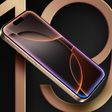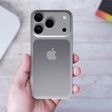Apple previewed iOS 10 earlier this week with new rich notifications that enable iPhone users to view photos and videos, listen to audio, or respond to messages directly within notification bubbles. If you receive an iMessage, for example, you will be able to reply to the conversation without leaving the Lock screen.
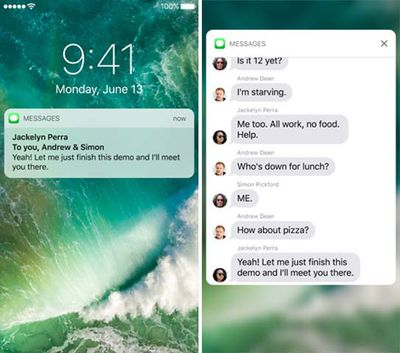
Apple has also provided developers with the ability to update existing notifications with new information, or delete them, which should help declutter the Lock screen and Notification Center. But many apps still generate multiple notifications, such as every photo, video, or message you receive on Snapchat.
MacRumors forum member chrf097 explains:
The problem with this current system is that notifications become easily cluttered. An active group chat can result in hundreds of individual notifications. For example I'm in a group chat of friends with about 12 active people, and I have to leave it muted anytime I choose not to participate, due to the amount of notifications that collect. In addition, this means that important information can get lost in the sea of notifications.
The solution, as seen in his concept below, could be to follow in Android's footsteps by collapsing notifications on a per-app basis.

The new design would save valuable screen space and allow you to glance at your Lock screen or Notification Center notifications much quicker. But collapsed notifications could inhibit the rich notification experience, so it would work best if collapsed notifications could be toggled on or off on a per-app basis in Settings.
Apple seeded the first beta of iOS 10 to developers earlier this week, and a public beta will be available in July. The free software update will officially be released in the fall for most devices compatible with iOS 9, excluding the iPhone 4s, iPad 2 and 3, original iPad mini, and fifth-generation iPod touch.
Apple could introduce collapsible notifications in a future iOS 10 beta, although changes will more likely be limited to minor tweaks and enhancements.





 Apple last updated the 13-inch MacBook Pro in
Apple last updated the 13-inch MacBook Pro in 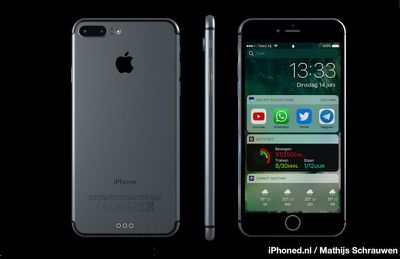

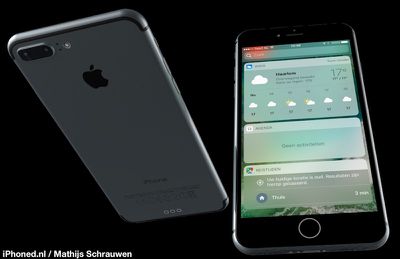
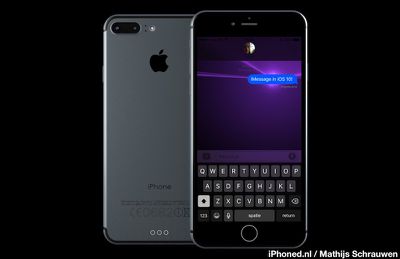
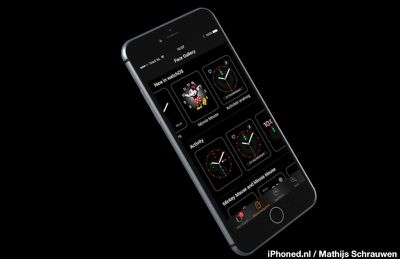
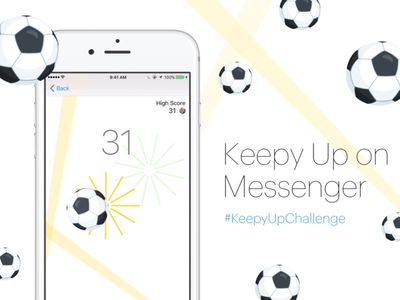

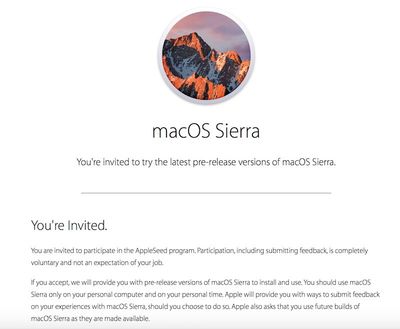



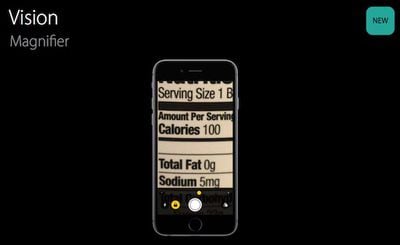
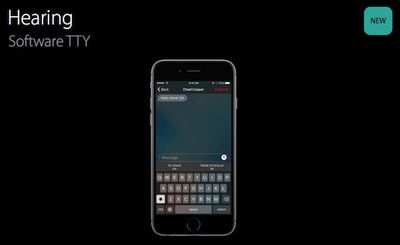
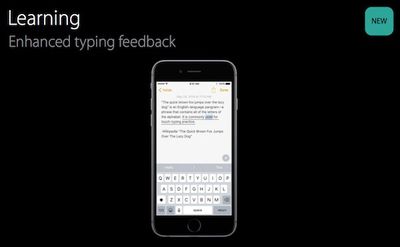
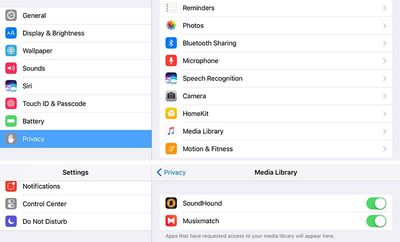

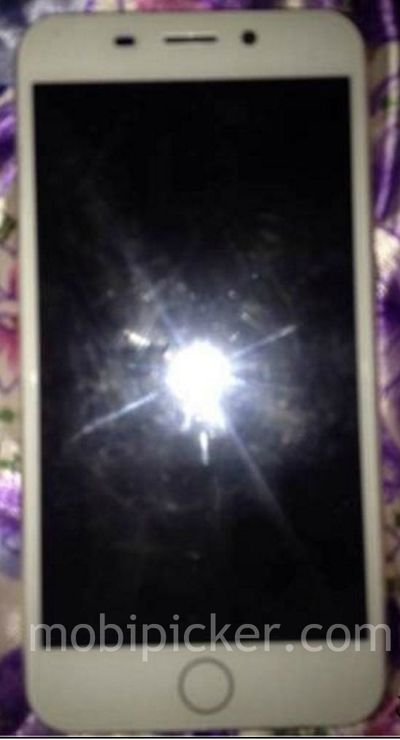
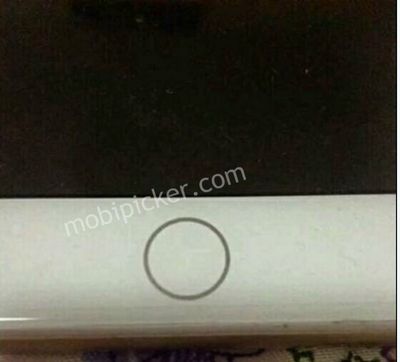

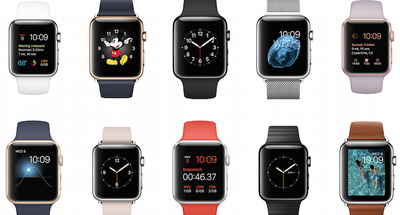
 A U.S. appeals court yesterday upheld landmark federal rules preventing internet service providers from obstructing or slowing down consumer access to web content (via
A U.S. appeals court yesterday upheld landmark federal rules preventing internet service providers from obstructing or slowing down consumer access to web content (via 







